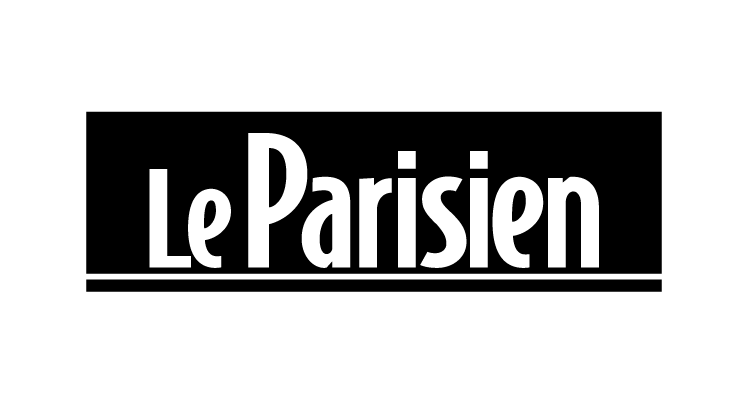Artwork of Frida Kahlo
Certainly the best-known Mexican artist in the world, Frida Kahlo is renowned for her biographical and metaphorical self-portraits. A free woman, anti-capitalist, communist and LGBTQ+, she is as famous for her work as for her life, which is often considered tragic. Married to Diego Rivera, the two form one of the most legendary couples in the history of art.
Discover the works by the artist available in the catalogue, including some of his most famous self-portraits such as "Self-portrait with thorn necklace and mockingbird" and "The broken column", as well as his last painting before his death, "Viva la Vida".
Treat yourself to an art print of the painter Frida Kahlo and find out more about her biography.
Biography of Frida Kahlo: everything you need to know about the queen of self-portraiture
Frida Kahlo's childhood in Mexico
Maria Magdalena Frida Carmen Kahlo Calderón (1907-1954), her real name, was a Mexican artist. Her mother was Mexican, from a family of Spanish generals, and her father was of German origin, from a family of jewellers. She is the third of her parents' four daughters. She was born in the Coyoacan district of Mexico City in La Maison Bleue, built by her parents a few years earlier. When she was born, her mother lost her only son and fell into a serious depression, leaving Frida to nurse. From a very early age, she helped her father, a photographer by profession, through whom she got her first taste of the art world.
At the age of six, Frida Kahlo contracted polio, which prevented her right leg from growing and disabled her. As a result, she was often nicknamed "the lame one". She could no longer go to school and found herself isolated from the other children. Although Frida was a good pupil, she had a strong character and was expelled from her first school for disobedience. At the age of 16, she was one of the first girls to enter Mexico's top school, the Escuela Nacional Preparatoria, and prepared to fulfil her dream of becoming a doctor.
The accident that changed Frida Kahlo's life forever... and turned her into a painter!
In 1925, at the age of 19, Frida Kahlo was involved in a serious bus accident in which she was hit by a tram. She suffered serious injuries all over her body: 11 fractures to her right leg; her pelvis, ribs and spine were shattered; her shoulder was dislocated and a metal bar pierced her abdomen. Although she barely escaped with her life, she will suffer for the rest of her life. She would never be able to have children again, and would suffer multiple miscarriages. At first, she was bedridden for three months. But a year later, the doctors realised that one of her vertebrae was fractured, and she had to wear a plaster cast for nine months.
Her mother had a mirror installed above her bed so that she could see herself, she also had a custom-made easel made and gave her a box of paints. Frida Kahlo began to paint the only subject available to her, herself and her battered body.
The complex love story behind the legend of Frida Kahlo and Diego Rivera
In 1928, Frida Kahlo met Diego Rivera, the great love of her life. Diego Rivera was also a painter, 20 years her senior and a Mexican communist. They married a year later. It was the start of a tumultuous relationship... They cheated on each other many times, he mostly with his students and she with Leon Trotsky, but she also had an affair with Josephine Baker and other women.
In 1930, the two artists moved to San Francisco. During their three-year stay in the United States, the young woman suffered two miscarriages. She could no longer stand life in this country, but Diego Rivera did not want to leave - he was fascinated. She expressed her homesickness and her thoughts on her origins and culture in various paintings, including "Self-portrait on the border between Mexico and the United States".
They finally returned to Mexico in 1933, and Frida Kahlo went back to hospital. When Diego Rivera had an affair with her sister in 1935, she could not stand him and stayed away for many months. They finally divorced in 1938. When they met again in San Francisco in 1940, Diego Rivera asked her to marry him again, and she accepted. They stayed together until the end, living in the Blue House in the Coyoacan district of Mexico City.
Frida Kahlo was a painter, but certainly not a surrealist
In 1938, she met André Breton and his wife - with whom she became friends - who had been sent to Mexico City by the French Minister of Foreign Affairs. That same year, she exhibited a few works at the Julien Levy gallery in New York, and began to make a name for herself both nationally and internationally. In 1939, she left to exhibit her work in Paris, France, where she met a number of different artists. But she didn't like Paris, she didn't like the exhibition she was taking part in, and she didn't even like Parisian artists, whom she found pretentious and pseudo-intellectual.
The painter never considered herself a Surrealist, as she wrote in her diary: "People thought I was a Surrealist. That's not right. I never painted dreams. What I represented was my reality". Surrealism was nevertheless the movement her art most closely resembled, as André Breton had perceived in the 1930s.
The difficult end of Frida Kahlo's life, between extreme suffering and artistic creation
The 1940s were years of intense artistic production, but also of immense pain for the painter, who was once again suffering from leg and spinal illness. Many of her self-portraits reflect this pain, notably her portrait "La colonne brisée" ("The Broken Spine"), painted in 1944. She also worked for the Ministry of Cultural Affairs and the Académie des Beaux-arts, but her health did not allow her to devote herself fully to these activities.
In 1950, Frida Kahlo's health took a turn for the worse. Despite numerous operations, her condition failed to improve. In 1953, her friend and photographer Lola Álvarez Bravo organised the first national monographic exhibition of Frida Kahlo. Her doctor forbade her to get out of bed, so she was carried in her bed to the exhibition for the opening. In August of the same year, her right leg was amputated. Frida Kahlo died of pneumonia in 1954, aged 47. However, it is possible that she committed suicide, as suggested by the last words of her diary and the inscriptions on her very last painting, "Viva la vida".
Today, she is Mexico's national icon. The largest collection of her works can be found at the Frida Kahlo Museum, created within the Blue House in Mexico City's Coyoacan district. Other paintings can be seen at Mexico City's Museum of Modern Art, New York's MoMA and the National Museum of Women in the Arts in Washington.
Learn more about the life and the works of Frida Kahlo.






















































